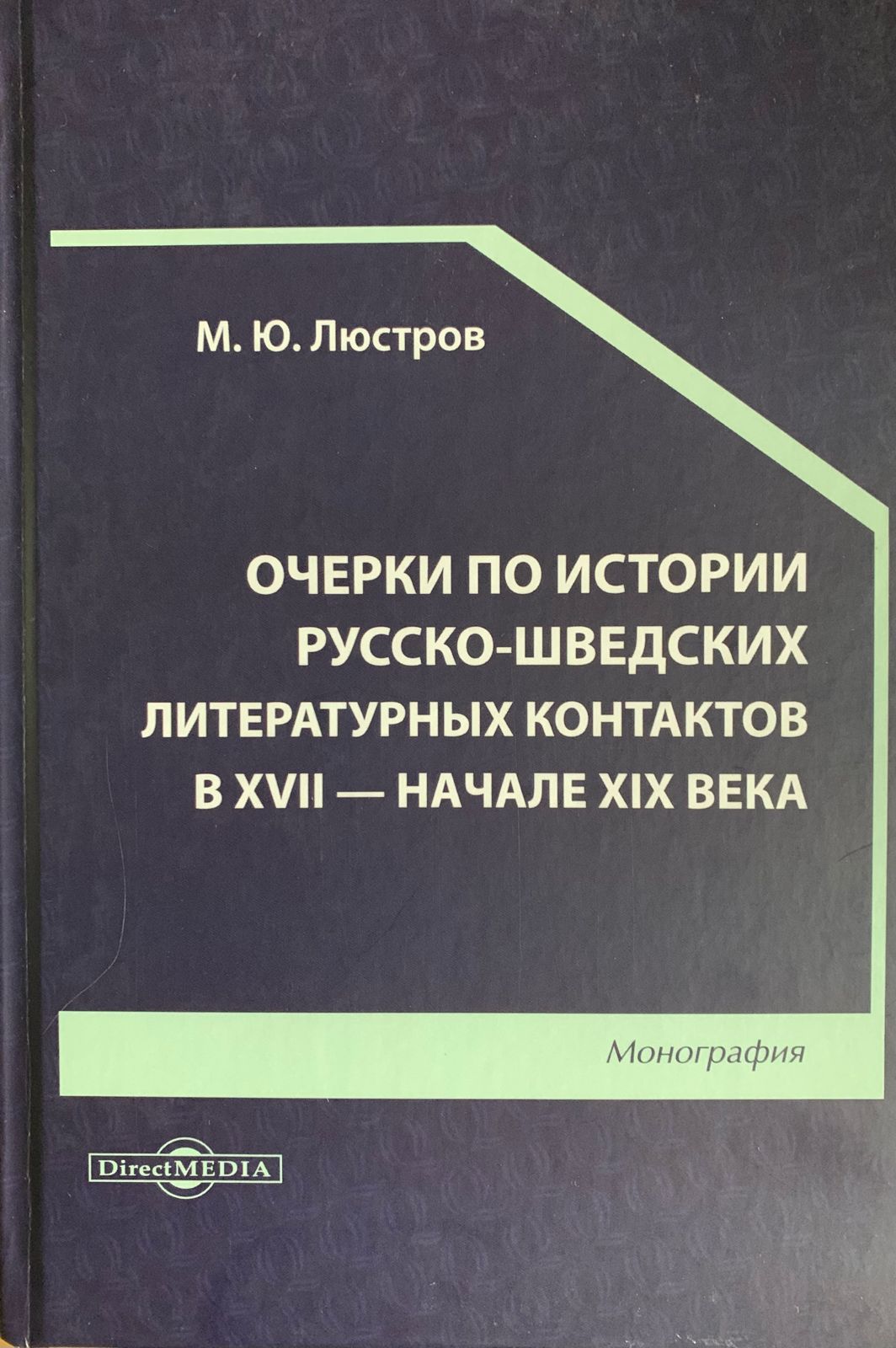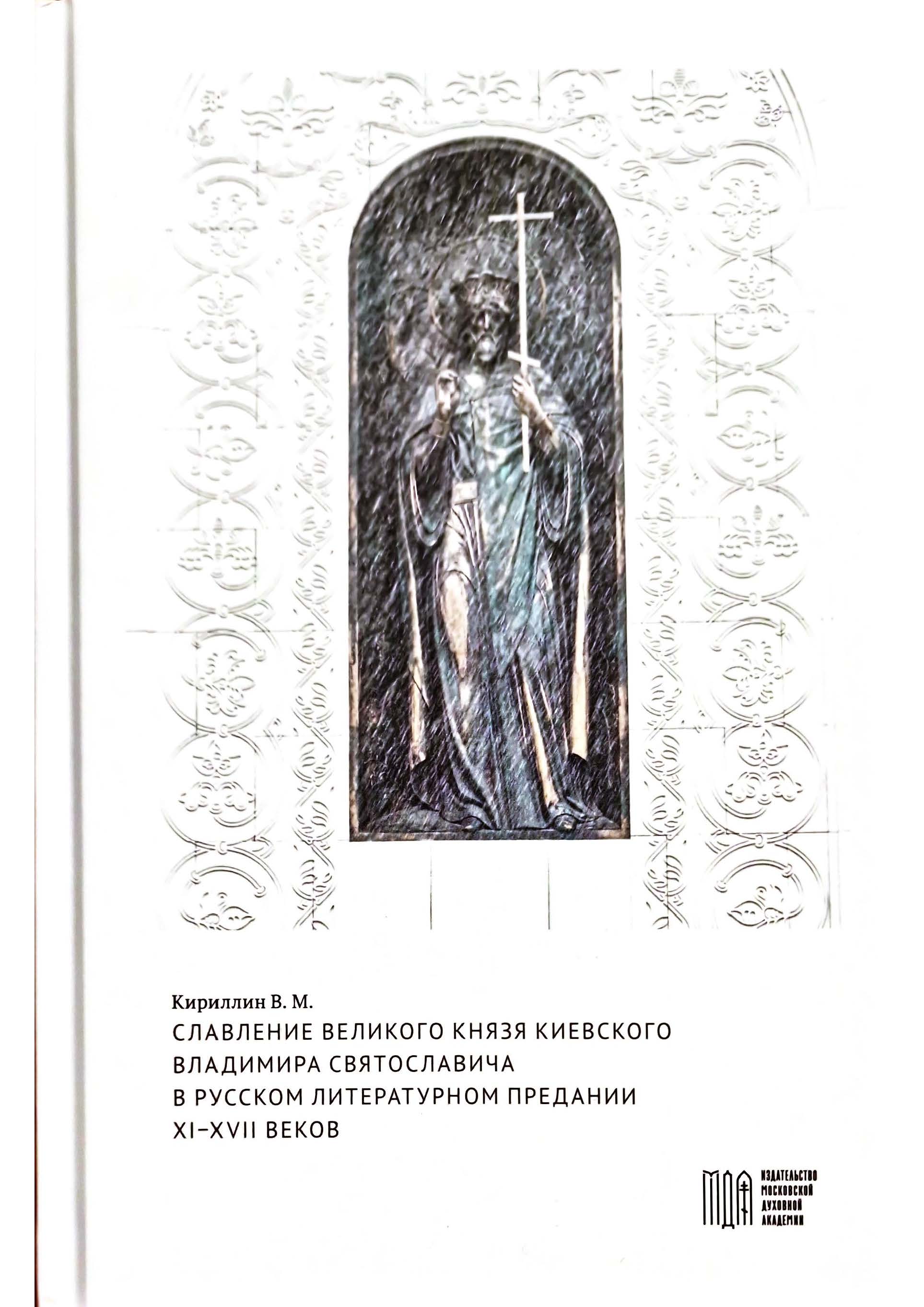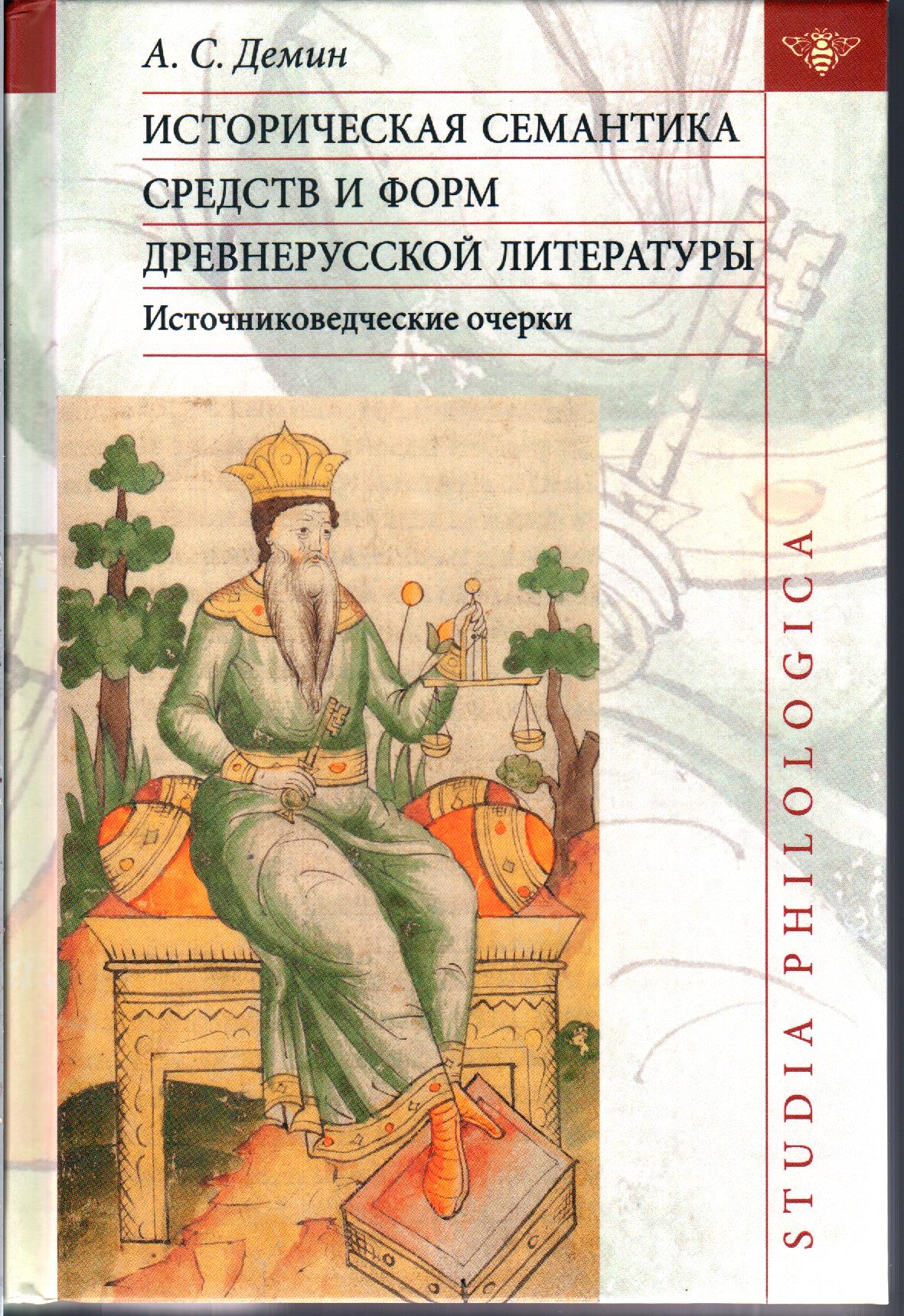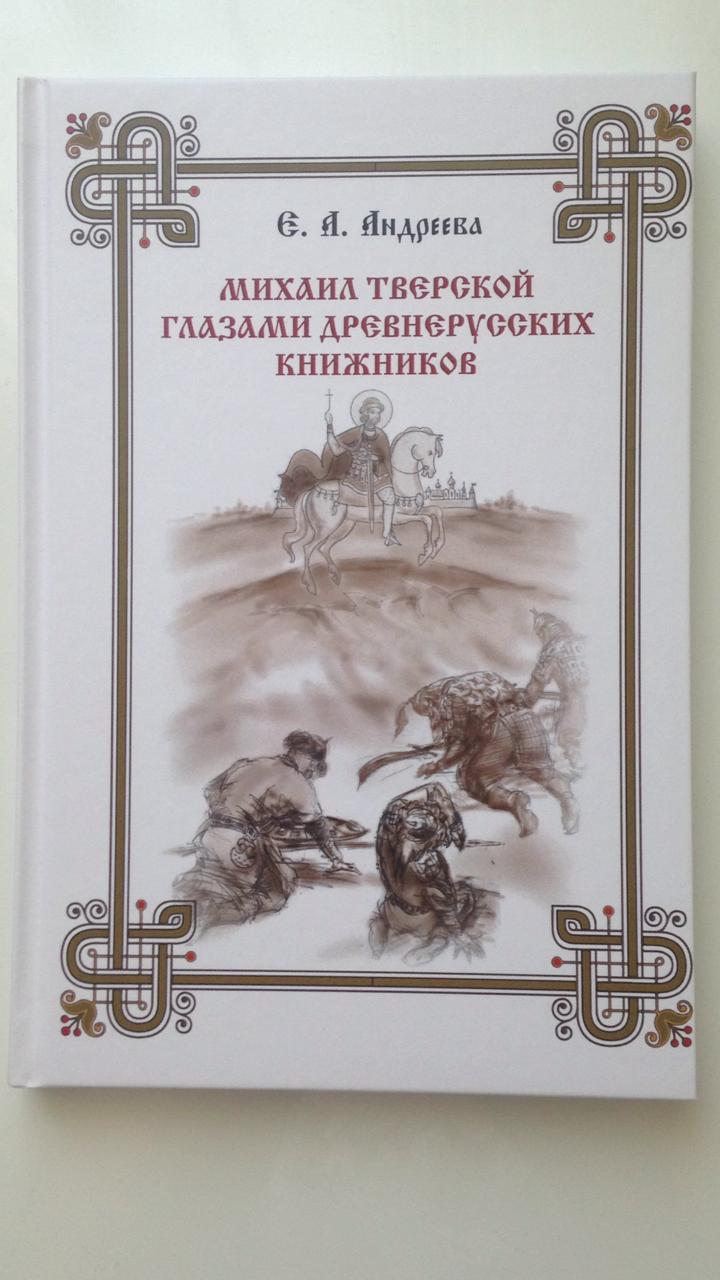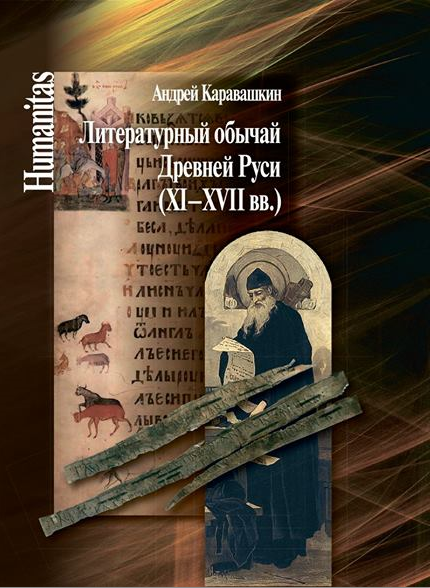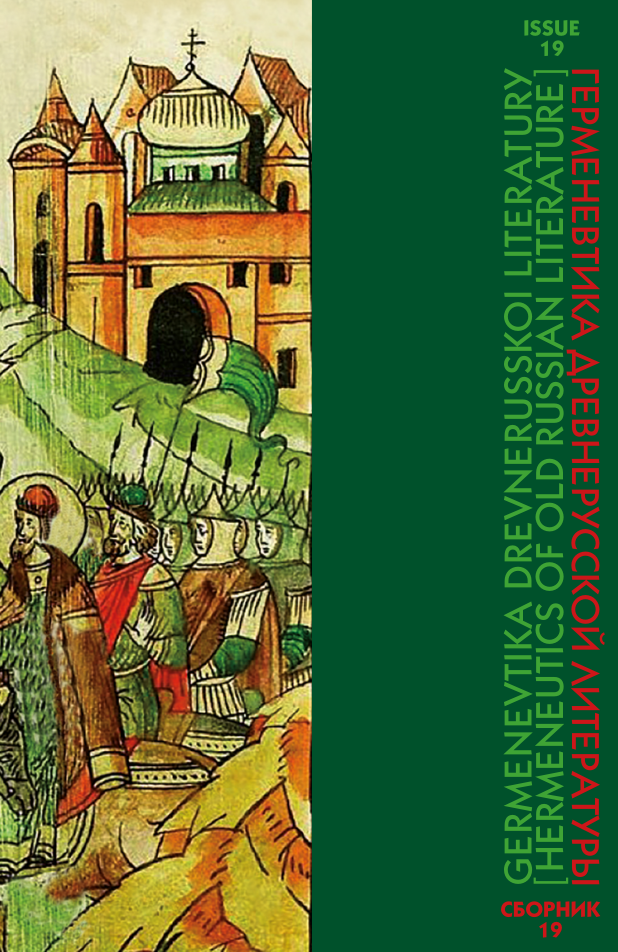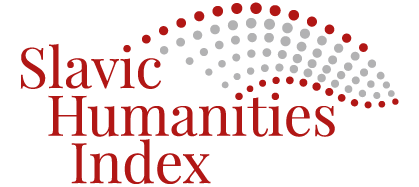Monographs
- Category: Monographs
- Imprint: Ljustrov M.Yu. Essays on the History of Russian-Swedish Literary Contacts in the 17th – early 19th Century. Moscow, Directmedia Publishing, 2022. 172 p. (In Russian) ISBN 978-5-4499-3027-9. DOI: 10.23681/686555
Abstract: The monograph examines certain aspects of Russian-Swedish literary relations, mainly in the 18th century: it analyzes translations of works of ancient and modern Russian literature into Swedish, and Swedish works of the Gustavian era, containing reviews of Catherine II, and examines Russian-Swedish literary parallels of the 17th–18th centuries and texts from the early 18th century dedicated to the events of the Northern War, its heroes and victims.
The book is addressed to specialists—philologists and historians, university teachers, graduate students, students, and wider audience.
- Category: Monographs
- Imprint: Sergiev Posad, Izdatel'stvo Moskovskoi dukhovnoi akademii Publ., 2023. 242 p. (In Russ.)
Abstract: The monograph is devoted to the ancient Russian literary tradition about the saint and Grand Duke of Kiev Vladimir Svyatoslavich. It analyzes the hagiographic, panegyric and hymnographic texts of the 11th-16th centuries, but not in relation to the facts contained in them about the life and work of the baptist of Russia, but in relation to the evaluative characteristics of the great reformer of Russian life that distinguish them. The book for the first time consistently considers the reflections of ancient Russian scribes about him, expressed in different genre formats: either in the form of separate verbal formulas and expressions, or in the form of detailed author's digressions, or in the form of entire works. Thus, the author of the monograph manages to establish a circle of ideologemes that reflect the axeological attitude to the saint, which, being unchanged in church terms, nevertheless, over time, under the influence of various historical circumstances, was enriched with new and new figurative and semantic nuances that contributed to your formation in the consciousness Russian society ideas about the politically and spiritually ideal ruler. The mogography is addressed primarily to medieval literary critics, but will undoubtedly be of interest to specialists in the history and art of medieval Russia. It can also attract the attention of everyone who cares about ancient Russian culture in general.
- Category: Monographs
- Imprint: Moscow, IWL RAS Publ., 2019. 576 p.
Abstract: The monograph explores the old Russian texts of the first third of the 17th century, dedicated to the events of the Time of Troubles, as a macrocycle unique in the history of Old Russian literature, which recorded the moment of the beginning of the transformation of genre forms traditional for medieval literature and methods of depicting historical events and persons. For the first time in Russian medieval studies, an attempt is made to comprehensively review the poetics of the corpus of journalistic and historical works of contemporaries about the Time of Troubles. On the basis of the analysis of macro- and micro-poetic means of image covered in the tradition and new methods of narration in the little-studied and otherwise studied texts, the question is raised of the origin of a new type of historical narrative in the first third of the 17th century Russian literature. The book is intended for medieval scholars, teachers, students and all interested in the Russian medieval literature.
- Category: Monographs
- Imprint: Moscow, Izdatel'skii Dom IaSK Publ., 2019. 496 p. (In Russ.) ISBN 978-5-907117-70-9
Abstract: The monograph clarifies and explains the pictorial and expressive meaning of mainly small means and forms of narration in old Russian literary works of the 12th-17th centuries and manuscripts of the 17th century; phrases, enumerations, comparisons, epithets, parallelisms, aphorisms, complexes of parts, story cycles and other forms of Old Russian exposition are analyzed. This determines the degree of literary literary monuments and their place in the history of old Russian literature. The book is intended for philologists and students with a literary taste, for a deeper and more accurate understanding of the text of the works of Old Russia.
- Category: Monographs
- Imprint: Moscow, Berlin, Direct Media Publ., 2019.192 p. (In Russ.) DOI: 10.23681/500613; ISBN: 978-5-4499-0050-0
Abstract: The monograph Mikhail of Tver through the eyes of the Old Russian scribes considers earlier not studied in detail and comprehensively in literary criticism, the corpus of texts about Mikhail Yaroslavich, the Holy noble prince, the first of the princes to accept the title of “Grand Duke of All Russia”. Monuments of the 14th and 17th centuries, studied from a textual and historical point of view, written by different authors, placed in the Old Russian collections and annals, reproduce the events that took place in Russia at the beginning of the 14th century and give various assessments of the domestic and foreign political picture.The attitude of hagiographers, compilers and editors of monuments to the activities of Mikhail of Tver directly depends on the place and time of the creation of the texts and goals pursued by the scribes. For analysis, we selected the Wide Edition of Vita, Vita as a part of the Degree Book, Great Menaion by Metropolitan Makarii, The Old Printed Prologue, as well as the narrative in the Tver Annals and Rogozhsky Chronicle, Nikonovskaya and Ustyuzhsky annals.
- Category: Monographs
- Imprint: Moscow; St. Petersburg, Centr gumanitarnyh iniciativ Publ., 2018. 720 p. (In Russ.)
Abstract: Old Russian literature is usually considered evolutionarily, in terms of the main stages of its history. However, in the 12th century, attempts were made to present medieval bookishness as a “system of the whole.” The book offered to the reader’s attention is not devoted to evolution, but to the unchangeable essence of the Eastern Slavic art of the word. What ensured the continuity, stability of tradition, the unity of intellectual culture and specific thinking skills over the centuries? The author gives his answer to this question by reconstructing the literary custom of Old Russia. This custom was followed, but no one wrote about it. Russian medieval literature did not develop a system of rigid rules, did not know theoretical rhetoric and normative poetics. Scribes of the 11th–17th centuries turned to literary custom only insofar as they mastered the special methods of work and followed exemplary texts, being at the same time expressing original semantic intentions. The author of a survey and analytical study invites readers to touch the secrets of the craftsmanship and literary techniques of the Middle Ages. The book is designed for students, graduate students and teachers of humanitarian faculties and universities, appeals to philologists, historians, culturologists and a wide audience.
- Category: Monographs
- Imprint: Moscow, Izd-vo Sretenskogo monastyrya Publ., 2016. 320 p. (In Russ.)
Abstract: The book is a collection of articles written at different times and relating to different issues of the study of the Russian middle ages and old Russian literature. The publication can serve as an auxiliary tool for the study of Russian hagiography and history of The Russian Orthodox Church.
Available at: PDF
- Category: Monographs
- Imprint: Moscow, Yazyki slavyanskoi kul'tury Publ., 2015. 486 p. (In Russ.)
Abstract: The paradoxical title of the book Old Russian Literature as Literature is explained in the subtitle: On the manner of narration and image. This refers to the study of expressiveness, figurativeness, and figurative presentation in Old Russian literary texts of the 11th–17th centuries. The book consists of 26 essays, which are arranged according to the chronology of the works, from the oldest apocrypha to The Tale of Yeruslan Lazarevich according to the list of the 1710s.
- Category: Monographs
- Imprint: Moscow, Yazyki slavyanskoi kul'tury, Global Kom Publ., 2013. 293 p. (In Russ.)
Abstract: The book contains scientific and popular scientific articles on the issues of textology, archeography, paleography, hermeneutics, poetics of some little studied texts of old Russian literature and literature relating to the 11th–16th centuries. In addition, it gives historical and cultural characteristics of the old Russian educational system and touched upon some issues of history, culture and church life of Old Russia. The main author’s method is in the analysis of certain phenomena of old Russian literature, history, culture is a comprehensive approach that allows you to match the immanent properties of the facts with the broad context of the relevant epoch, to identify their semantic and artistic connections with the field of social ideas and cultural trends of the time.
Available at: PDF
- Category: Monographs
- Imprint: , Molodaia gvardiia Publ., 2013. 318 p. (In Russ.)
Abstract: The book is a new biography of Denis I. Fonvizin.



